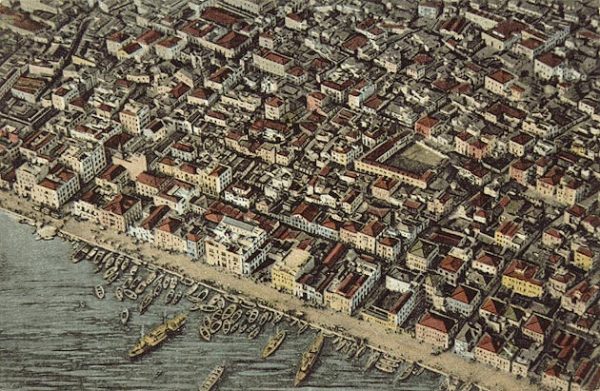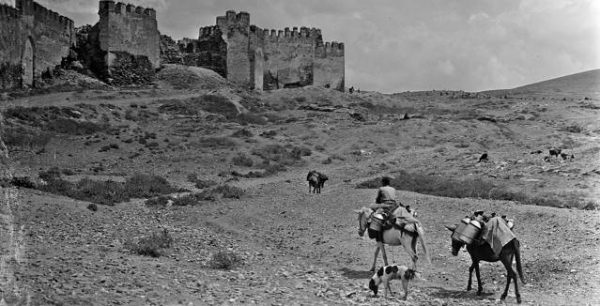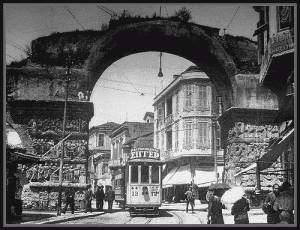The city was founded around 315 BC by King Cassander of Macedon, on or near the site of the ancient town of Therma and twenty-six other local villages. King Cassander of Macedon named the new city after his wife Thessalonike, a half-sister of Alexander the Great. She gained her name “victory of Thessalians”, from her father, Philip II, to commemorate her birth on the day of his gaining a victory over the Phocians, who were defeated with the help of Thessalian horsemen, the best in Greece at that time. Thessaloniki developed rapidly and as early as the 2nd century BC, it had its first walls built, which enclosed and protected the city. The city also came to be an autonomous part of the Kingdom of Macedon, with its own parliament where a King was represented that could interfere in the city’s domestic affairs.

In 306, Thessaloníki acquired a patron saint, St. Demetrius. He is credited with a number of miracles that saved the city and was the Roman Proconsul of Greece, under the anti-Christian emperor Maximian. St. Demetrius was martyred at a Roman prison, where the Church of St. Demetrius lies today. The church was first built by the Roman sub-prefect of Illyricum, Leontios, in 463. Other important remains from this period include the Arch and Tomb of Galerius, located in the city centre of the modern Thessaloniki. In 390 Gothic troops under the commands of the Roman Emperor Theodosius I, led a massacre against the inhabitants of Thessalonica, who had risen in revolt against the Germanic soldiers.

The economic expansion of the city continued throughout the 12th century as the rule of the Komnenoi emperors expanded Byzantine control into Serbia and Hungary, to the north. The city is known to have housed an imperial mint at this time. However, after the death of the emperor Manuel I Komnenos in 1180, the fortunes of the Byzantine Empire began to decline and in 1185, Norman rulers of Sicily, under the leadership of Count Baldwin and Riccardo d’Acerra, attacked and occupied the city, resulting in considerable destruction. Nonetheless, their rule lasted less than a year and they were defeated by the Byzantine army in two battles months later, forcing them to evacuate the city.
Thessaloniki today has become one of the most important trade and business hubs in the Balkans with its port, the Port of Thessaloniki being one of the largest in the Aegean, and facilitating trade throughout the Balkan hinterland. The city also forms one of the largest student centres in Southeastern Europe and is host to the largest student population in Greece. The city sustains two state universities — the Aristotle University of Thessaloniki, the largest university in Greece (founded in 1926), and the University of Macedonia, alongside the Technological Education Institute of Thessaloniki. It also sponsors a range of private international institutions, either affiliated with universities in other nations, or accredited abroad.

Transfer Thessaloniki is the best way to discover this beautiful city! We are here to transfer you from Thessaloniki Airport to Thessaloniki city center. Your transfer, is our pleasure!
